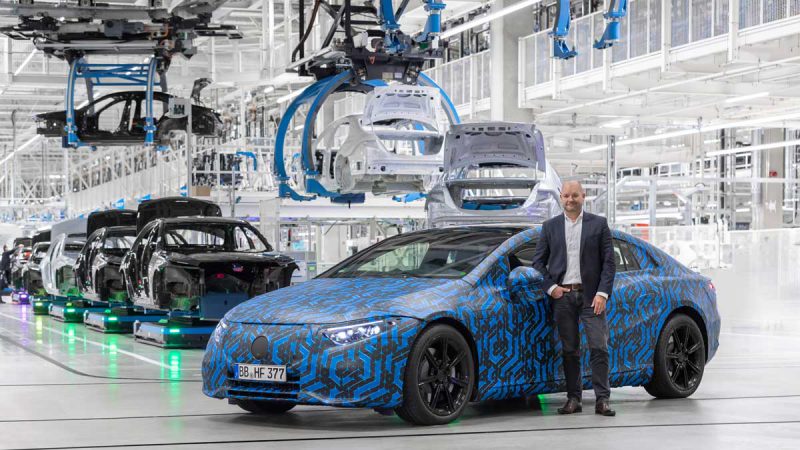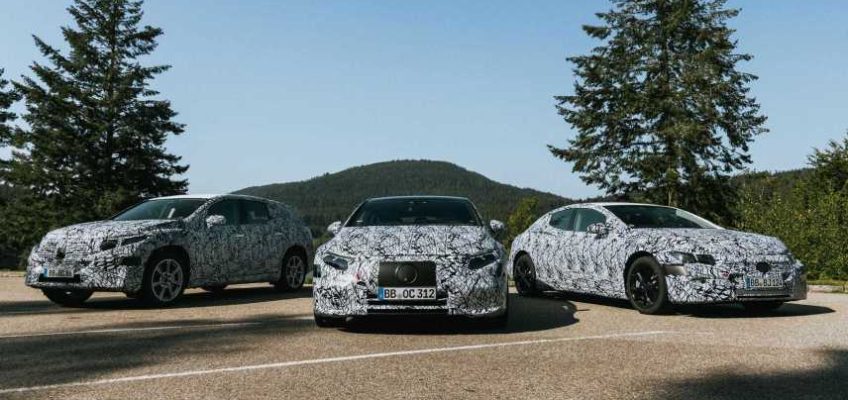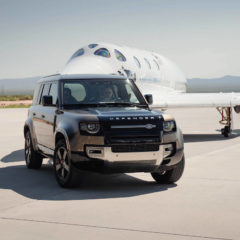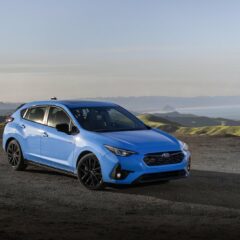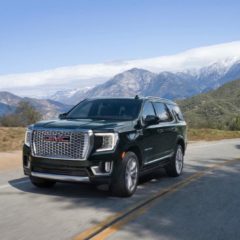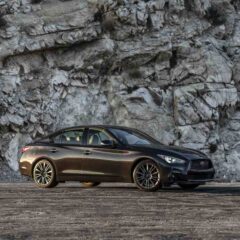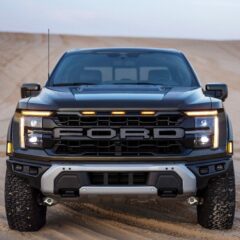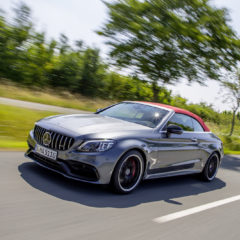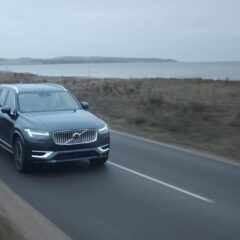The use of electric vehicles is becoming a new trend in the modern world. In order to protect the environment, motorists are increasingly switching to electric versions.
One of the most favorite car brands among drivers, Mercedes-Benz is not going to give up its positions. Therefore, the manufacturer has begun an active process of electrification of its vehicles.
So by 2022, the Mercedes-Benz network plans to launch eight new electric models.
They are built in the same way as vehicles with combustion engines or plug-in hybrid drives.
And so what electric car models will be presented by Mercedes-Benz?
In general, Mercedes-EQ electric cars will be produced at seven locations on three continents. Also, four Mercedes-EQ models for the local market will be assembled in Beijing.
The EQS will go into production in the first half of 2021 in Factory 56 in Sindelfingen (Germany). This is the first electric luxury sedan. It has already established itself as one of the first to use a new electric architecture for luxury and upper-class electric cars in Mercedes-Benz. It has a combined power consumption: 21.5 kWh/100 km; and a combined CO₂ emissions: 0 g/km. The luxurious EV is supposed to have two powerful electric motors, a driving range of about 300 miles, and the ability to pilot itself on the highway.
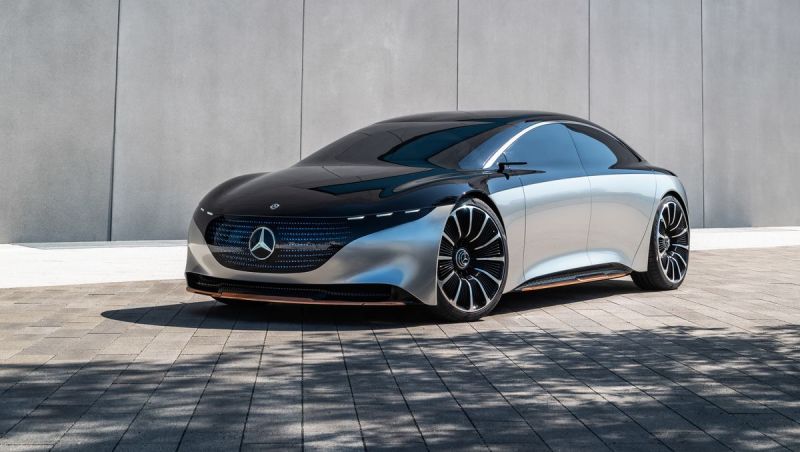
In contrast to the previous model, the EQV premium electric vehicle is made in Vitoria, northern Spain. Although the combined emissions are the same, the combined power consumption is a little different: 26.4 kWh/100 km.
The EQC was the first all-electric vehicle that was integrated into production at the Mercedes-Benz Bremen plant in May 2019. The upgraded EQC will receive a technological upgrade and can be charged much more quickly.
Besides, all the fans of SUVs will be able to choose between two options in 2021: the EQA and the EQB.
The EQA is expected to have its world premiere on January 20, 2021. Its production was launched at the Mercedes-Benz Rastatt plant. Furthermore, it is worth noting that in addition to this model, the plant also produced 5 other famous electric vehicles, such as the A‑Class, A-Class sedan, B-Class, and the compact SUV GLA. According to the last information from Mercedes Benz, the EQA body is very similar to the new GLA. An electric motor will get power from a battery pack mounted under the floor of the vehicle.
The EQB production will start in 2021 at two locations depending on the main target:
- for the world market – in the Hungarian Mercedes-Benz manufactory in Kecskemét;
- for the local market – in the German-Chinese joint venture BBAC in Beijing.
Also, it will be the first purely electrically powered production car made in Hungary. And this model will include the CLA and CLA Shooting Brake.
The Mercedes-Benz EQE will inherit style and proportions from the E-Class. But the release will be carried out at the plant in Bremen. The EQE will have both front and rear electric motors that enable all-wheel drive.
In addition, two crossovers have been announced: EQE SUV and EQS SUV. They will be produced at the plant in Alabama, in the United States. But their start is only scheduled for 2022. They will be built on the same line with SUVs with conventional and plug-in hybrid drives in the future.
What are the main characteristics of Mercedes-Benz electric cars?
Mercedes-Benz considers plug-in hybrid drives to be an important technology on the road to a purely electric product line. More than 20 variants of plug-in hybrid models are included in the Mercedes-Benz vehicle catalog.
Moreover, local battery production is a key factor in the success of Mercedes-Benz electric vehicles. Markus Schäfer, Member of the Board of Management of Daimler AG and Mercedes-Benz AG says:
“With its ‘Electric First’ strategy, Mercedes-Benz is consistently on the path to CO₂ neutrality and is investing heavily in transformation. Our vehicle portfolio becomes electric and thus also our global production network with vehicle and battery factories. We intend to lead in the field of e-mobility and focus in particular on battery technology. We are taking a comprehensive approach, ranging from research and development to production, and also including strategic cooperation.”
